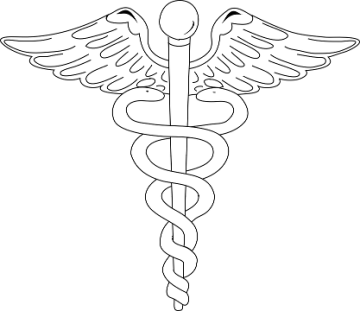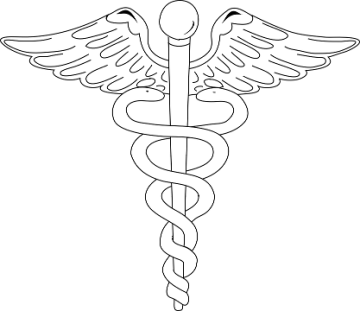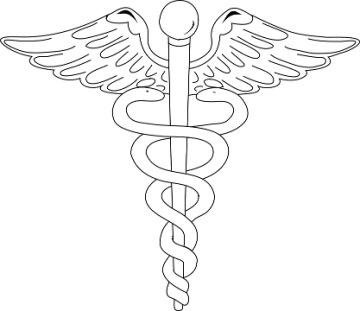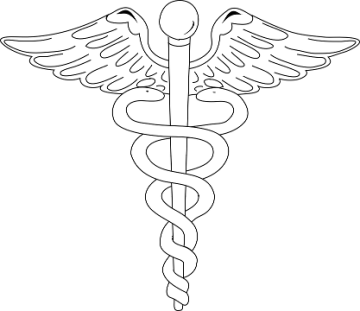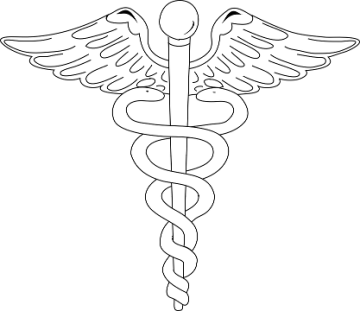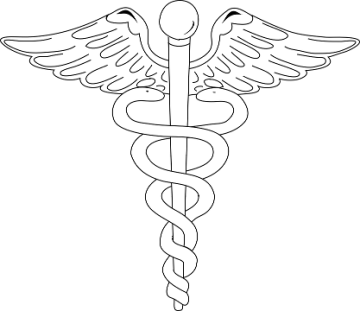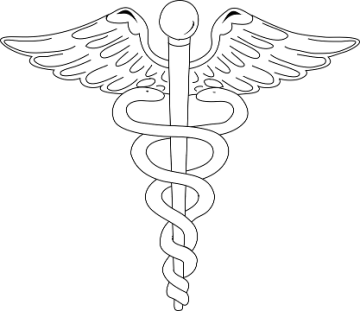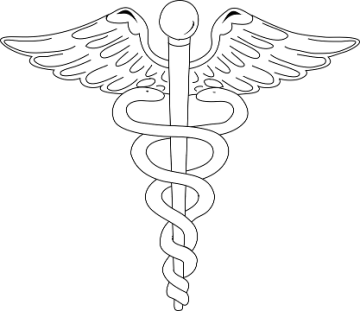Working at home a pain in your neck? Try these posture And ergonomic tips Part III
Chiropractors are accustomed to making recommendations for their patient’s traditional workspaces, but they also understand that in times of unexpected change you must find ways to adapt quickly. Many of the workers forced to go remote are still working on laptops, according to the experts. Here are their top three suggestions for making a home workstation work with your laptop:
Pick a spot. If you do not have a regular desk at home, working at a kitchen table is generally much better than sitting on a couch with your laptop on your lap.

